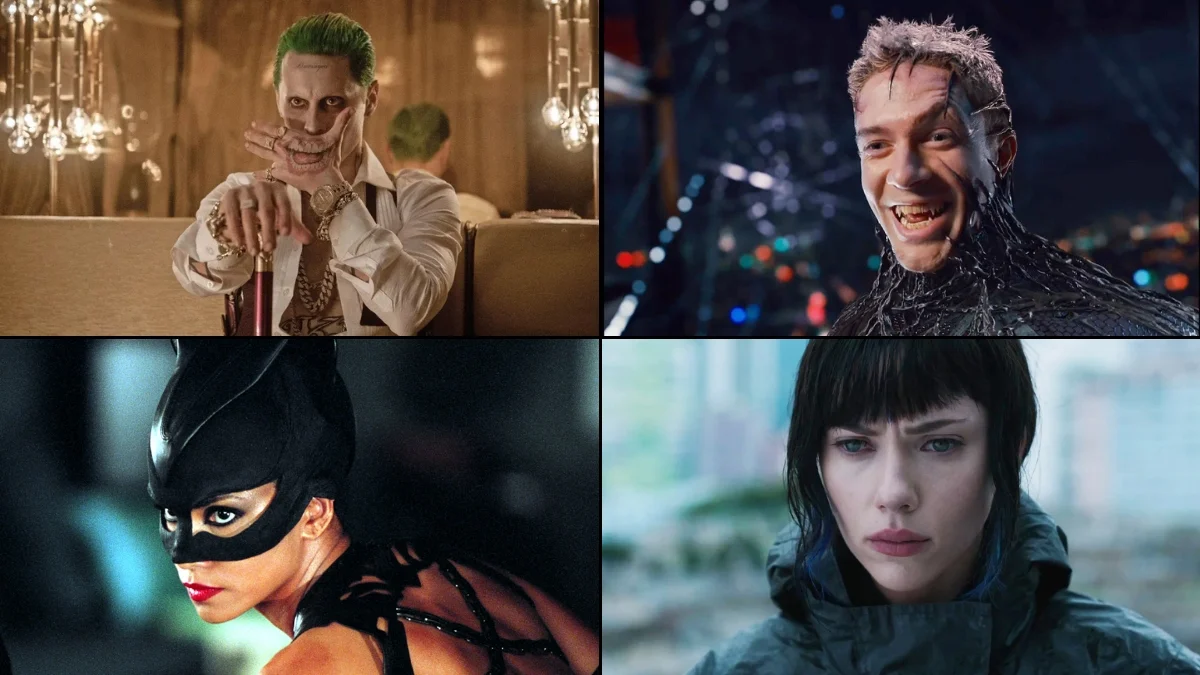
Certain casting decisions are instantly celebrated, but others create problems – generating negative reactions from fans, requiring changes to the production, and even damaging reputations. This list highlights choices that caused controversy, led to re-casting or re-tooling, or were criticized for issues like a lack of diversity, poor actor-role fit, or conflicts during production. We’ll look at the details of each situation: how the casting happened, what the filmmakers did in response, and how audiences and critics reacted. This is simply a factual look at casting choices that became well-known for the wrong reasons.
Jared Leto as The Joker in ‘Suicide Squad’ (2016)

Jared Leto’s intense and unusual methods while filming garnered a lot of press, along with his elaborate makeup and tattoos for the role. However, much of his performance ended up being cut from the final movie after changes were made during editing and reshoots. Instead of getting his own sequel, the character only appeared briefly in later films. Later DC movies also moved away from the initial vision for stories set in Gotham.
Sofia Coppola as Mary Corleone in ‘The Godfather Part III’ (1990)
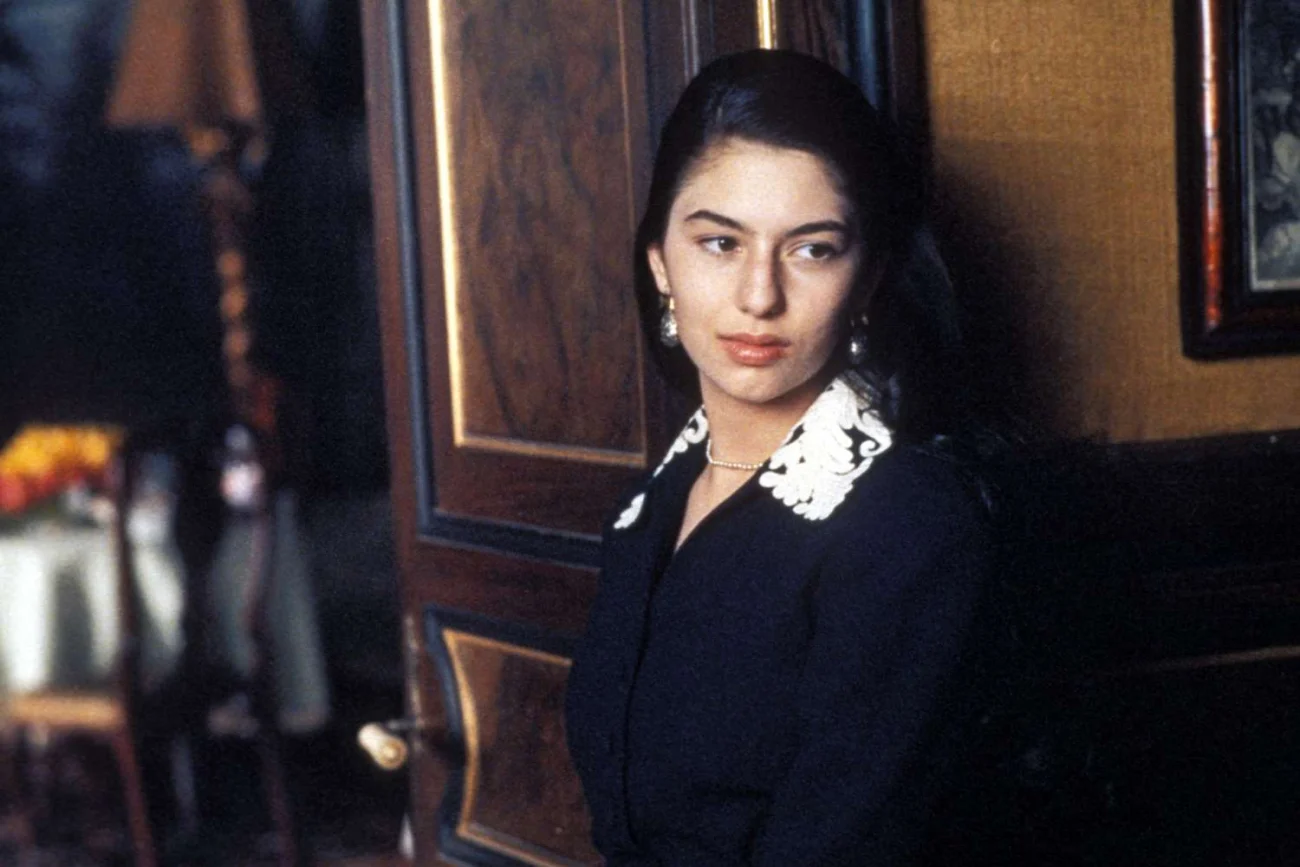
Sofia Coppola joined the film late in the process after another actress left right before shooting started. Critics weren’t impressed with her acting, and she even won a Golden Raspberry Award for Worst Supporting Actress. However, the movie successfully finished the Godfather series and did very well in theaters around the world. Coppola eventually moved into directing and writing, where she gained widespread praise.
John Wayne as Genghis Khan in ‘The Conqueror’ (1956)
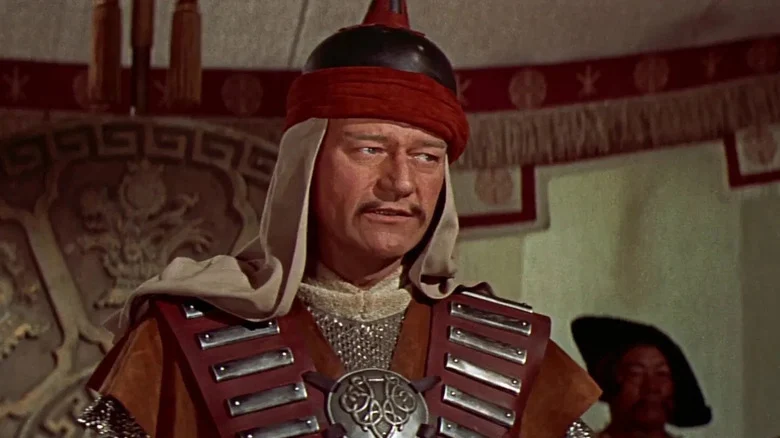
The film cast John Wayne in extensive makeup to play a Mongol leader, a choice that is now frequently discussed when considering how Hollywood has historically portrayed different races and cultures. Filming occurred close to areas where the U.S. conducted nuclear testing, and many people involved in the movie later suffered from severe health problems, which are often connected to the location. The film received negative reviews and didn’t perform well at the box office. Today, it’s often used as an example of both poor casting choices and the dangers of risky production locations.
Russell Crowe as Javert in ‘Les Misérables’ (2012)
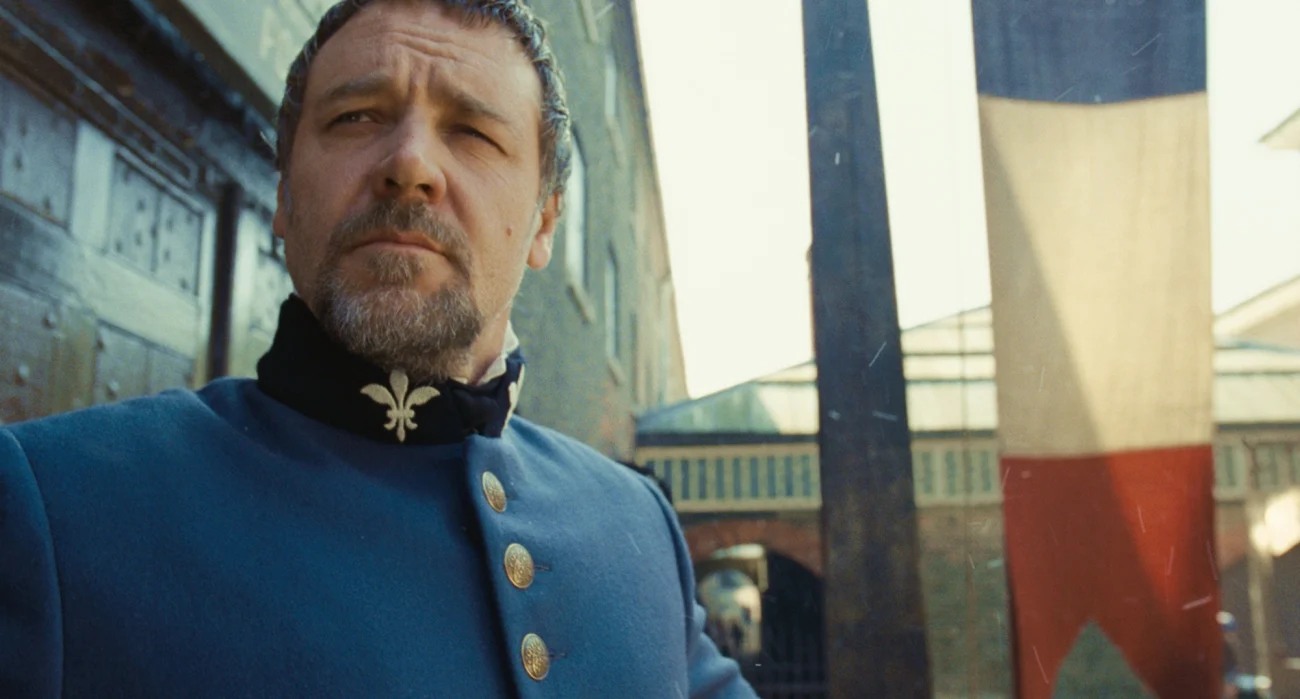
This version of the story featured vocals recorded live during filming, which was a difficult task for all the singers involved, pushing their abilities to the limit. Reviewers often compared Crowe’s singing to that of his fellow actors and how the role had been traditionally performed on stage. Despite the challenges, the soundtrack was a commercial success, and the movie received many awards and nominations. Crowe later talked about how demanding it was to sing live while filming and the physical strain of playing the part.
Denise Richards as Dr. Christmas Jones in ‘The World Is Not Enough’ (1999)
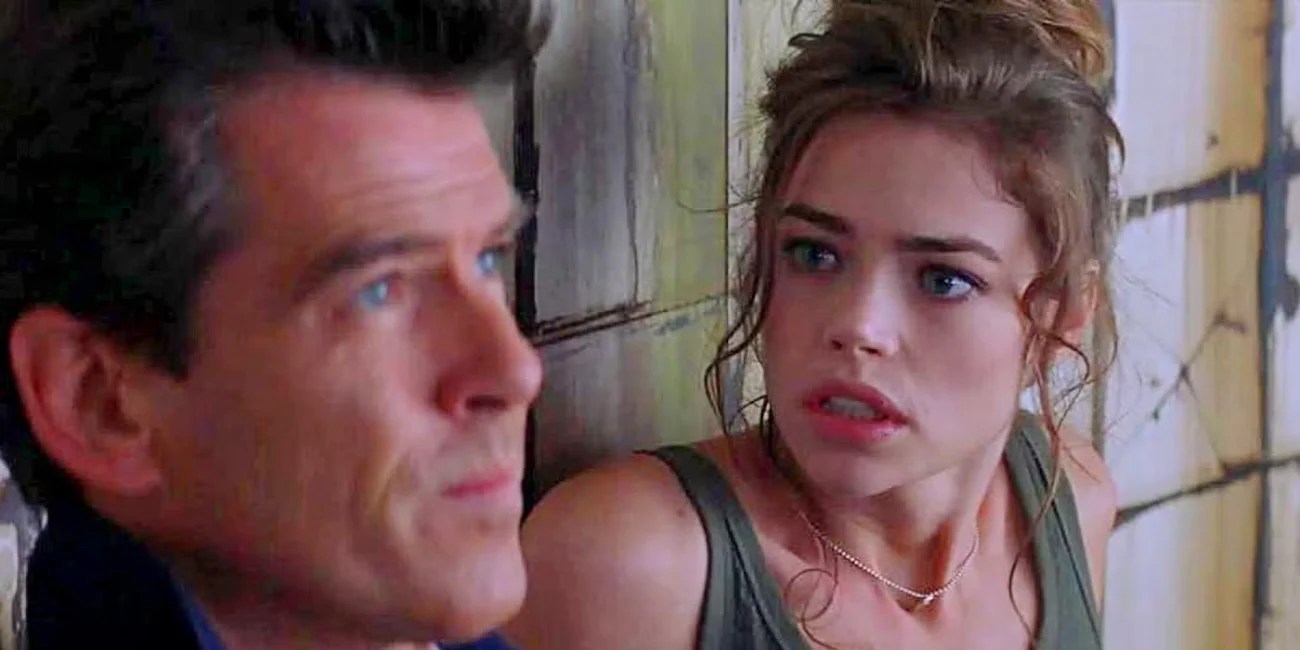
The film featured Jones as a brilliant nuclear physicist who played a crucial role in the main plot’s conspiracy. Critics and the media questioned how realistically the character was depicted, and the actress playing Jones, Richards, even won a Razzie Award for her performance. Despite this, the movie was a box office hit and helped establish a consistent style for later Bond films. Subsequent movies in the series experimented with different approaches to Bond’s supporting characters and overall tone.
Mike Myers as The Cat in ‘The Cat in the Hat’ (2003)
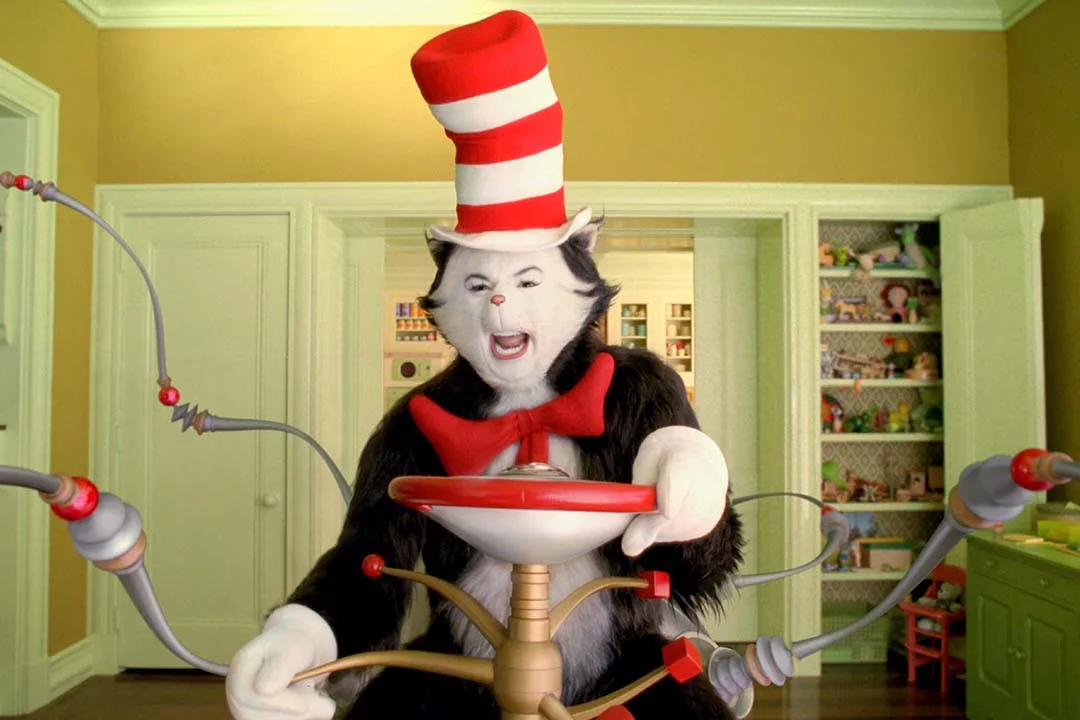
Universal made a big-budget, visually flashy movie based on the popular children’s book, starring Myers under a lot of makeup and in a full costume. However, most critics didn’t like it, particularly the movie’s overall feel and jokes. After the film came out, the Dr. Seuss estate apparently decided to stop allowing live-action versions of their books to be made. The movie is now often cited as a warning when people talk about turning picture books into live-action films.
Topher Grace as Eddie Brock/Venom in ‘Spider-Man 3’ (2007)
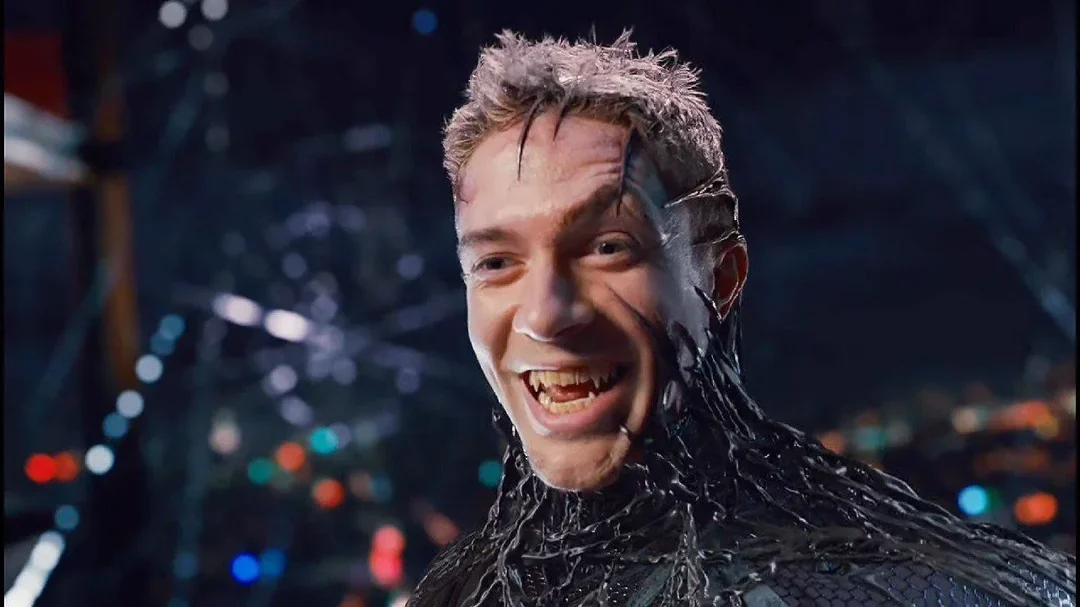
The studio rushed development of the Venom character, forcing a tight schedule and having to juggle him with several other villains and storylines. Topher Grace’s version of Eddie Brock was noticeably different – slimmer – than the comic book and animated versions. Because of varied responses, the character was later reimagined with a new actor and creative team. Many involved with the production have said that conflicting demands during filming contributed to how Venom ultimately turned out.
Kevin Costner as Robin Hood in ‘Robin Hood: Prince of Thieves’ (1991)
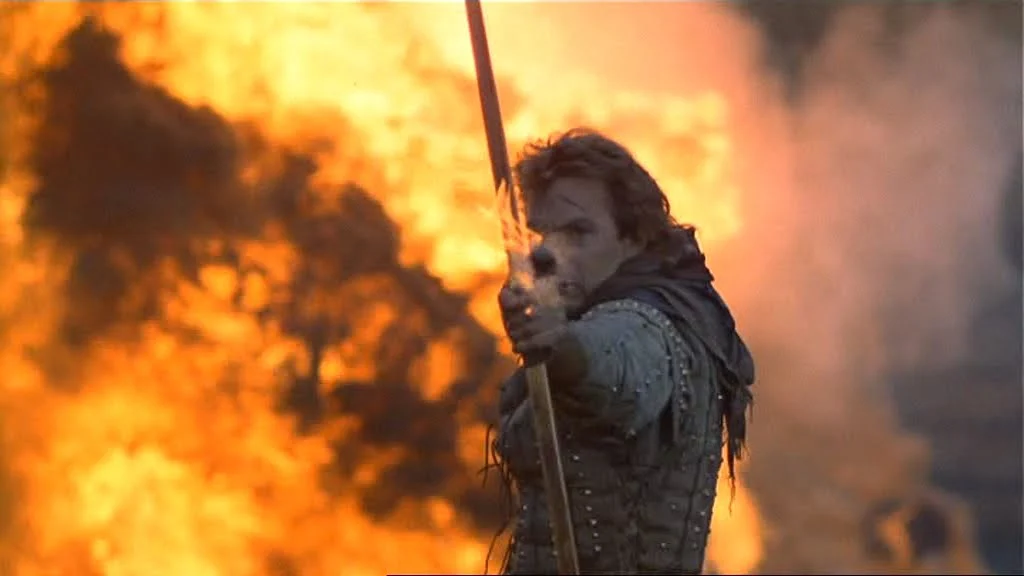
People talked a lot about Kevin Costner’s changing accent and the movie’s adventurous style. Even though some didn’t like his performance, the film was very successful in theaters and its main song topped the charts. The actors playing supporting roles, particularly the villain, received award nominations. The movie also inspired many new versions of the Robin Hood story, each with a different feel.
Halle Berry as Catwoman in ‘Catwoman’ (2004)

The film presented a new take on the character, naming her Patience Phillips instead of the well-known Selina Kyle. These changes to the story and visual style sparked debate among fans. Halle Berry famously accepted the Razzie Award for Worst Actress in person, giving a memorable speech. Ultimately, the movie didn’t perform well at the box office considering how much it cost to make and advertise. DC Comics later revisited the character, offering different versions in other films and stories.
Jesse Eisenberg as Lex Luthor in ‘Batman v Superman: Dawn of Justice’ (2016)
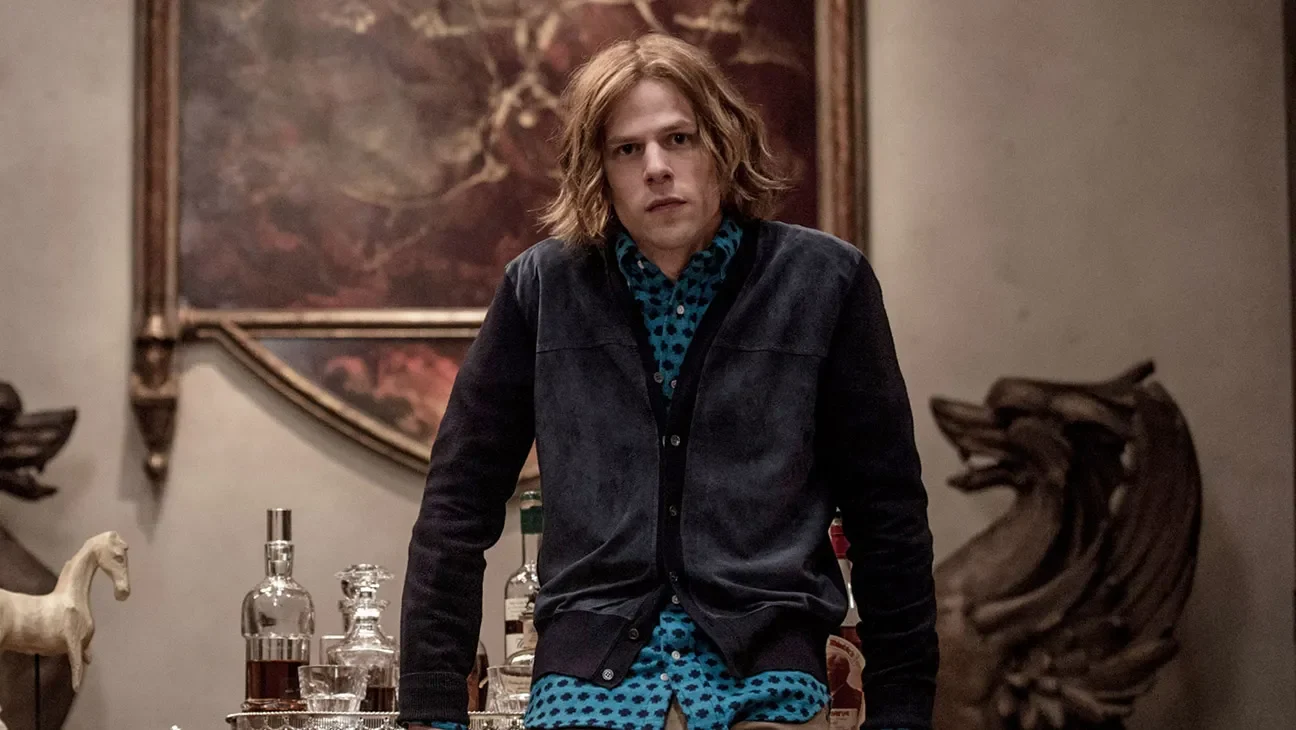
Eisenberg played Lex Luthor as a quirky, wealthy tech CEO who hid his true, manipulative intentions from the public. This portrayal sparked a lot of discussion among fans and critics, as it was very different from previous versions of the character. He made a quick appearance after the credits of another film, but plans for his return in future movies were later altered. The casting choice continues to be a popular topic when people talk about updating classic comic book villains.
Arnold Schwarzenegger as Mr. Freeze in ‘Batman & Robin’ (1997)
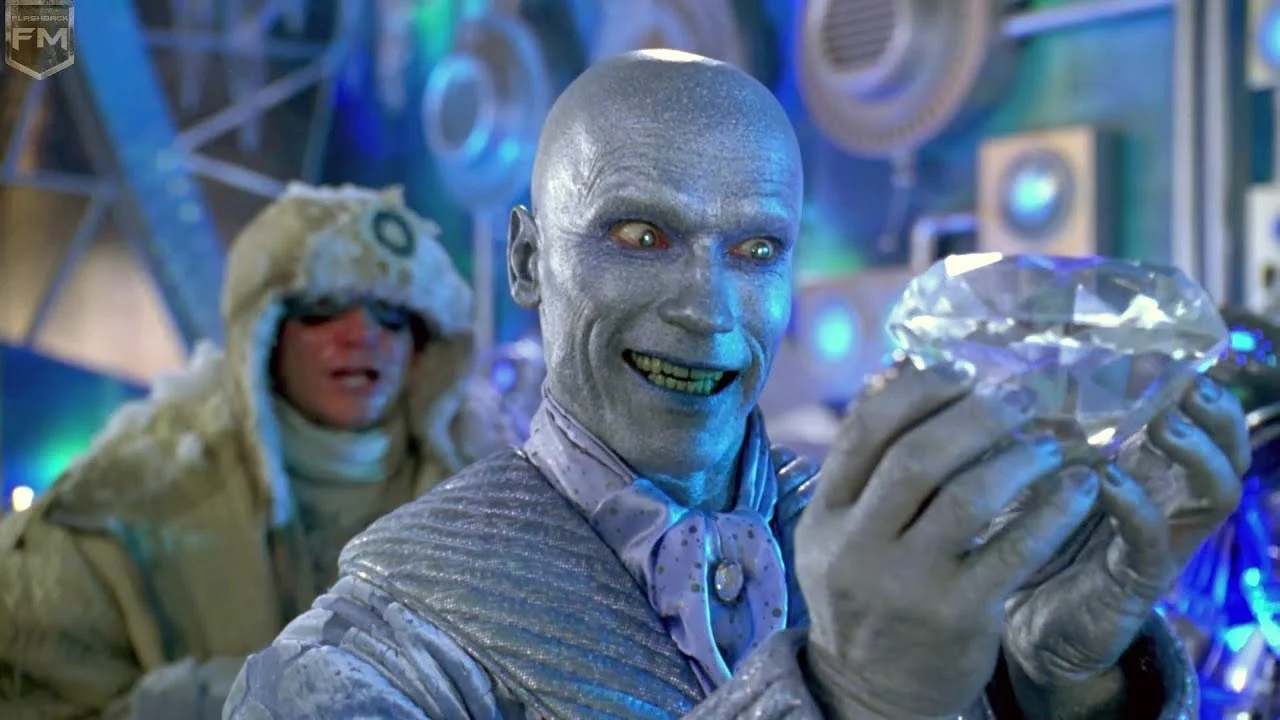
The movie focused on big, exciting visuals and lots of ice-related jokes for Schwarzenegger’s character. He was the main star and earned a very high salary, showing just how popular the series was at the time. However, critics didn’t like the movie’s lighthearted tone, which led to a break in the franchise and eventually a new version. Since then, the character Mr. Freeze has been reimagined in animated shows and video games with different approaches.
Hayden Christensen as Anakin Skywalker in ‘Star Wars: Episode II – Attack of the Clones’ (2002)
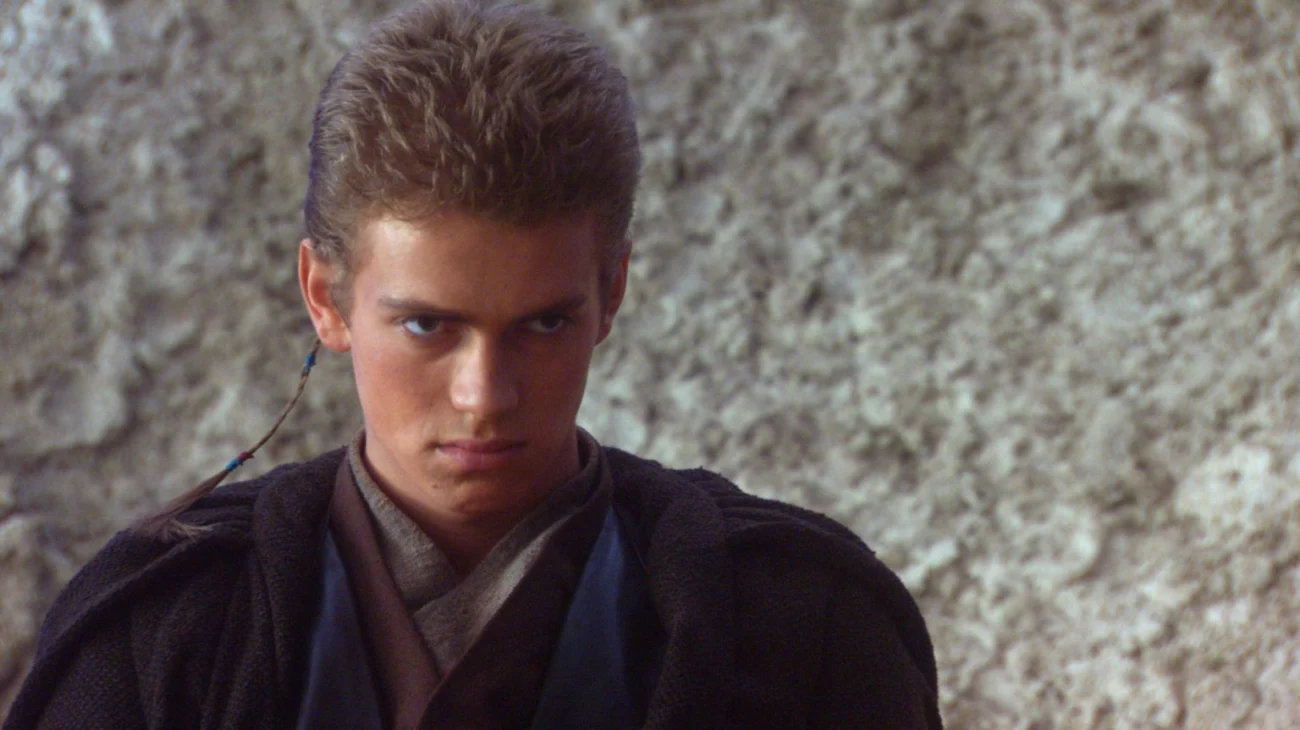
After a long search, Christensen was chosen to play the main character who experiences a tragic fate in the film series. When the movies came out, his lines and romantic scenes received a lot of criticism and even earned him nominations for a Razzie Award. He continued playing the character in the next film and later revisited the role in some streaming series. As time passed, some fans began to see his performance in a more positive light when considering the character’s overall story.
Tilda Swinton as The Ancient One in ‘Doctor Strange’ (2016)
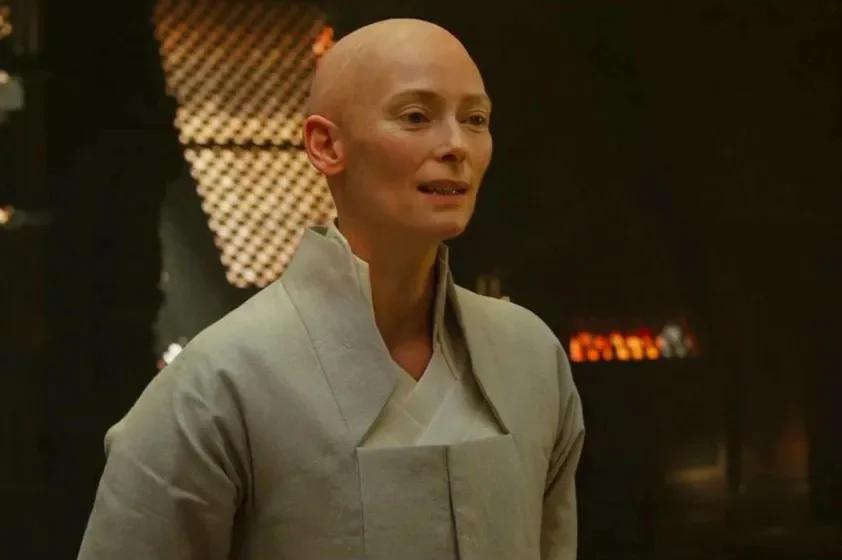
The movie changed the background of a key mentor character, replacing their original Tibetan roots with a Celtic one. This decision sparked a widespread debate within the film industry about how adaptations can unintentionally overlook or erase Asian representation. Both the studio and the actor involved later spoke about the issue, and Marvel’s projects since then have been more focused on ensuring diverse and inclusive casting.
Scarlett Johansson as Major Mira Killian in ‘Ghost in the Shell’ (2017)
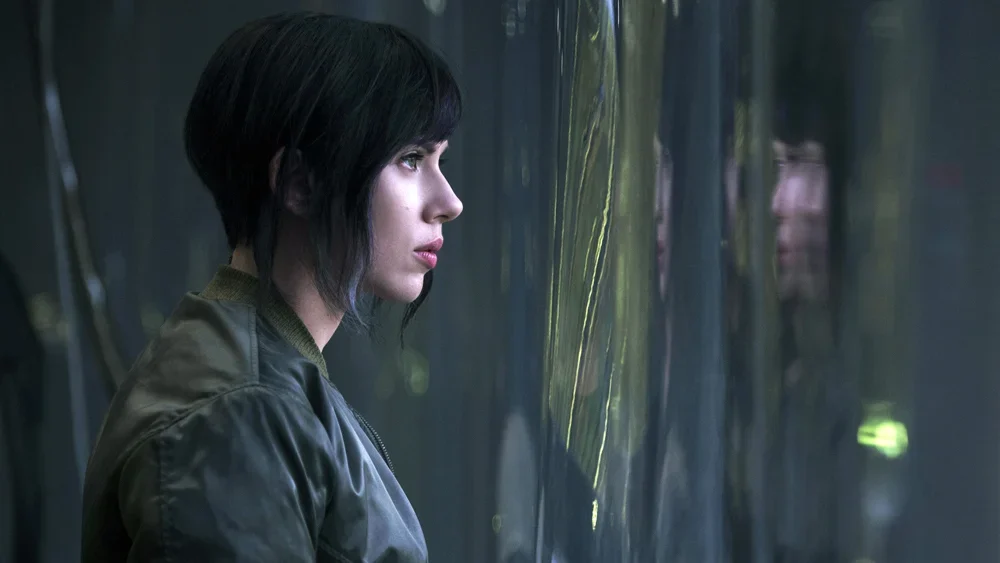
I remember when they cast Scarlett Johansson in that role based on a Japanese story – it caused a huge uproar! A lot of fans and groups accused them of whitewashing, and honestly, it felt like a valid point. The movie didn’t do very well in theaters here, especially considering how much it cost to make and advertise. The studio tried to defend their choice at first, but eventually admitted the criticism really hurt how people received the film. It really became a major talking point about how to respectfully adapt anime and manga for Western audiences, and it’s something I still think about when I see similar adaptations.
Emma Stone as Allison Ng in ‘Aloha’ (2015)

The actor Stone faced immediate backlash for playing a character who was meant to be of both Asian and Native Hawaiian descent. Stone later issued a public apology, and the director spoke about the issue in interviews afterward. Throughout the film’s release, discussions about the casting choice dominated the conversation, overshadowing reviews and reactions to the movie itself. This situation is still frequently used as an example when people talk about the importance of respectful and authentic representation in casting.
Share your picks—along with the facts that back them up—in the comments!
Read More
- Fed’s Rate Stasis and Crypto’s Unseen Dance
- Silver Rate Forecast
- Красный Октябрь акции прогноз. Цена KROT
- Blake Lively-Justin Baldoni’s Deposition Postponed to THIS Date Amid Ongoing Legal Battle, Here’s Why
- Ridley Scott Reveals He Turned Down $20 Million to Direct TERMINATOR 3
- Global-e Online: A Portfolio Manager’s Take on Tariffs and Triumphs
- Northside Capital’s Great EOG Fire Sale: $6.1M Goes Poof!
- Dogecoin’s Decline and the Fed’s Shadow
- Bitcoin’s Ballet: Will the Bull Pirouette or Stumble? 💃🐂
- ETH to the Moon? 🚀 Or Just a Bubble?
2025-10-27 00:18